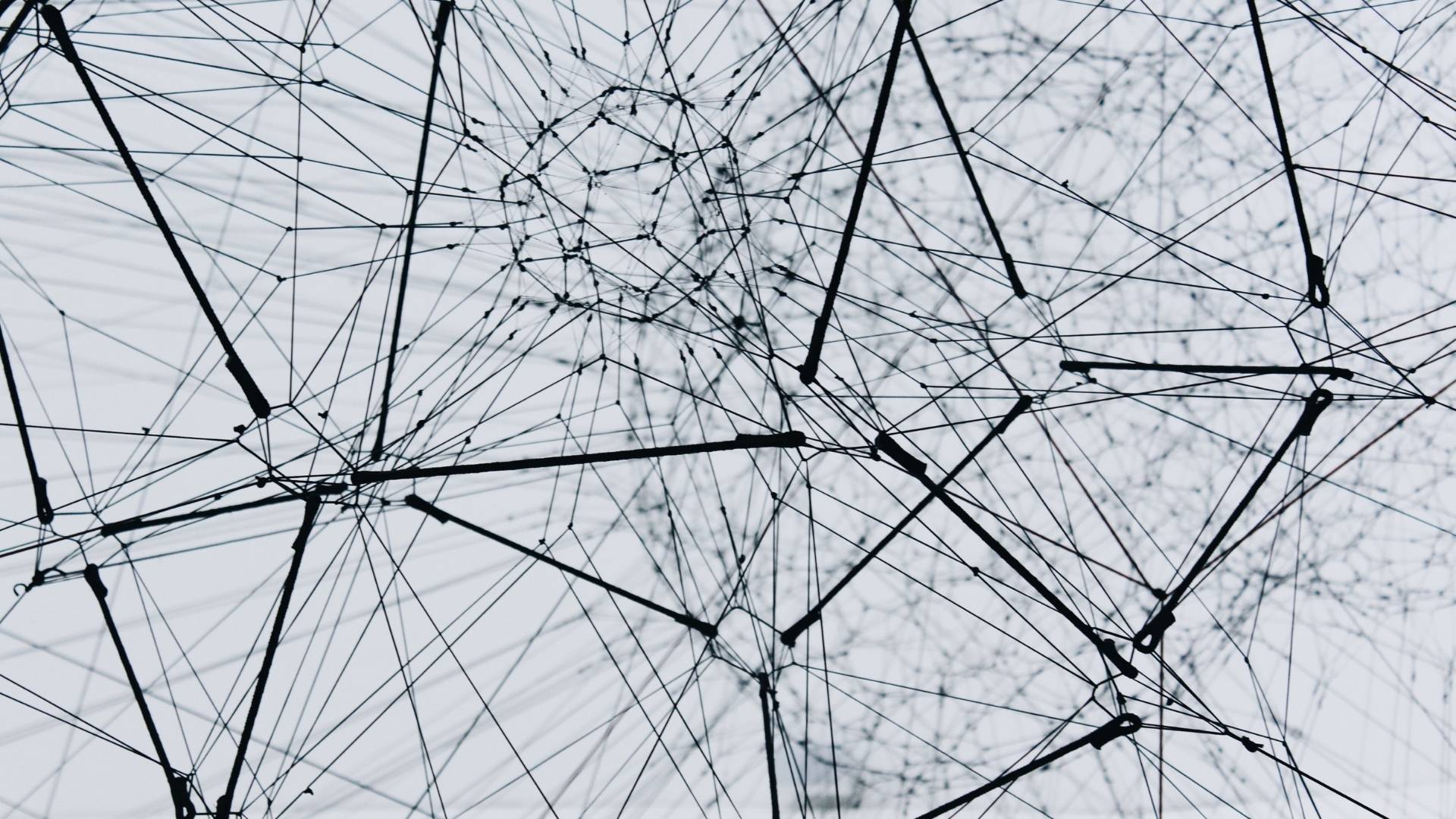How Graph Databases are Transforming Advanced Analytics

With Gartner predicting that the application of graph analytics will double annually through 2022, we explore why graph database adoption is on the rise
Graph databases are quickly becoming the ‘exciting new thing’ in the world of data architecture. The buzz around the technology has been on the rise since 2018, when AWS unveiled its Neptune database, signaling its mainstream potential to the business world.
Much like NoSQL before them, graph databases boast a number of advantages over relational databases. As a result, enterprises including eBay, Johns Hopkins Healthcare and Lockheed Martin Space are looking to graph databases to enable a wide range of advanced data-driven capabilities.
“Something we’re looking at right now, which makes for incredibly fast performance, is a graph database,” explains Romy Hussain, Senior Director of Healthcare Economics and Data Science at Johns Hopkins Healthcare. “They’re another storage mechanism that’s super-fast and non-relational.”
“It’s about using the right tool for the right job”
Tobin Thomas, CDAO, Lockheed Martin Space
“It’s about using the right tool for the right job,” adds Lockheed Martin Space CDAO Tobin Thomas. “Graph technologies are being heavily explored for things like data search indexing. Intelligent search is another category where we’re leveraging graph databases for data discovery across our product lifecycle.”
A 2017 Dataversity survey found that 22.6% of data professionals planned to use graph databases in the future. But interest in graphs has since snowballed. Gartner now predicts that the application of graph technologies will double annually through 2022.
Thomson Reuters already uses a graph database to help its customers analyze their global tax obligations and optimize their corporate financial structures.
Meanwhile, Nike Run Club uses one to connect people who use its app based on shared interests and Siemens has developed a ‘knowledge graph’ for organizing information about its industrial equipment.
Forward-thinking data leaders should now be considering whether there are similar use cases that could see graph databases being put to good use within their organizations.
When Graph Databases Beat Relational Ones
Graph databases are great for uncovering insights about complex relationships within large datasets. They’re particularly good for looking at indirect relationships between distantly connected datapoints.
While relational databases store information in rigid tables, graph databases are more intuitive. They store objects as ‘nodes’ in a graph. These nodes have properties and are connected by relationships.
Social networks are often conceptualized in this way, where people and pages are connected to each other through relationships such as ‘person1 is friends with person2’ or ‘person1 likes page1’.
“That’s what a graph database is: It is dots and it is lines. And in a lot of ways, it’s simpler, which tends to be appealing”
Ed Finkler, Software Developer, DelMar Software Development
“An SQL database is kind of just a spreadsheet on steroids,” Hussain explains. “A graph database serves almost like a picture of where the data is and tells the machine, ‘If you follow this map, you’ll get to the data you need.’”
“It’s just dots and lines all the way down,” adds Ed Finkler, Software Developer at DelMar Software Development. “It’s more powerful specifically when the meaning is in the relationships.”
“[Indirect relationships] are harder to traverse with relational databases,” he continues. “Oftentimes, you have to do joins upon joins.”
Another drawback of relational databases is that they’re designed to answer ‘known’ questions. Because they use ‘constraints’ to define the relationships between entries in different tables, those constraints also define what queries a relational database can answer.
Finkler notes that this can be problematic when a business unit asks the data team a question that a database wasn’t built to handle. It can be expensive to refactor database relationships to handle new query types. Meanwhile, graph databases can answer any question, so long as they have the right data and there are paths between them.
Potential Business Applications for Graph Databases
Graph databases are only suitable for business challenges that lend themselves to being modeled as graphs. They’re not going to replace relational databases for things like sales ledgers anytime soon.
However, there are many useful things that can be done with graphs. These include clustering objects with similar characteristics, neatly partitioning datasets, plotting paths between related datapoints and analyzing the strength of a datapoint’s connections to the rest of its network.
Lockheed Martin Space is putting graph technologies to use for supply chain management. This will make it easier for the company’s analysts to uncover potential vulnerabilities and boost its supply chain resilience.
“Think about the lifecycle of how a product is created,” Thomas explains. “[We’re] using technologies like graphs to connect the relationships together, so we can see the lifecycle based on particular parts or components and the relationships between every element.”
Graph databases are also an ideal architectural solution for analytics and AI use cases that process huge amounts of data.
“It hits the GPU [graphics processing unit] rather than the CPU and ends up being much faster,” Hussain explains. “That’s the direction we’re going next to parse large amounts of data in things like written records.”
“When you get into something like NLP, that requires lots of compute power,” she adds. “With heavier compute power, you really do need faster speeds.”
That’s still just the tip of the iceberg. Graphs are also being explored as foundations for building fraud detection algorithms, IT operations monitoring systems, social media analysis tools, identity access management systems and more besides.
As with any new technology, business leaders must take care to establish a clear business need before rushing to invest in graph databases. Companies at the start of their data journeys may find that relational databases and NoSQL environments serve them perfectly well. But it’s clear from the surge in adoption we’ve seen over the past 24 months that graph databases have the potential to reshape the data architecture landscape.
If Gartner is right, we should see graph database usage continue to accelerate over the next two years.
This is an extract from our 2021 Transformational Data Strategy US report. For more exclusive insights about the technologies shaping the future of data and analytics in America, click here now.



